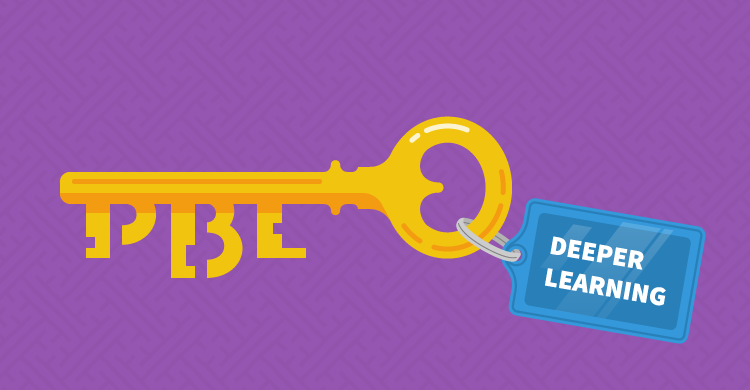Five Keys to Deeper Learning
Driving Question: What Helps Teachers Enrich Learning Through Project-Based Learning (PBL)? When talking with teachers


Driving Question: What Helps Teachers Enrich Learning Through Project-Based Learning (PBL)? When talking with teachers

Driving Question: How Deep Can Students Dive with Personal Learning Targets? At the pool last

Driving Question: How do PBL teachers fill in what students’ need to know? Politicians may